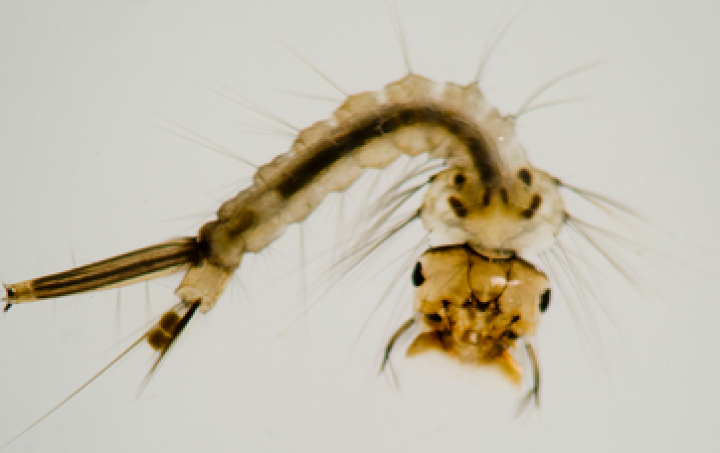
10 Bizarre Things to Look at Under a Microscope
The natural world as we see it is full of strange and wonderful things: animals of all shapes and sizes, unbelievably colorful marine life, and plants that mimic insects, to mention a few. What we don’t often realize is that there is a whole other world that exists beyond the limits of our eyesight: the microscopic world. There are entire ecosystems that our eyes cannot perceive – inside and on our own bodies, in between grains of sand, and strewn throughout leaves on the ground. These places, and many more that we cannot even imagine, are full of the dramas of the macro world – predators hunting, stalking, and ambushing prey, reproductive behaviors, and even colonial symbiotic interactions. Should we choose to delve into this microscopic world, that tool to do so – the microscope – can show us some truly bizarre things that will fascinate:
1. Sand organisms
Take a scoop of sand from the beach – preferably within the surf zone, and put it under the microscope. You will likely see a whole habitat filled with miniature animals of all kinds: members from the jellyfish family, predatory worms, baby mollusks and starfish, to name a few. Open your eyes to the world of meiofauna (also called interstitial organisms) and you are opening the door to acknowledging the microscopic world as a whole.
2. Sand grains
Grains of sand themselves are worthy of appraisal with premium microscopes. Seen en masse, sand forms beaches, dunes and deserts. These often desolate, featureless landscapes descry the real beauty on a microscopic level – sand grains can be appreciated on an individual level as sand can be made up of ground up shells, minerals, stone, and corals.
3. Feather
A single average feather seen on a microscopic level reveals the amazing structure that evolved these expert fliers. The complex structure of a feather, including interlocking barbs and barbules, reveal the secrets of birds’ amazing aerodynamics. Various feathers work various functions, so looking at feathers from different parts of the body reveals even more to us.
4. Mosquito larvae
The aquatic, larval stage of a mosquito can easily be obtained any time during the summer, from any standing body of water. It is a fascinating, alien creature with a transparent body that offers a view into the body of this aquatic insect. Muscles can be seen as bands, and organs are in plain view.
5. Butterfly wing
The wing of a butterfly is beautiful in plain view, but under the microscope, a beautiful landscape of iridescent colored scales emerges. These delicate scales simply overlay the wing membrane, much like shingles. These surface pigments are only lightly attached, and the delicacy of the insect can be revealed with a simple swipe of the finger.
6. Human skin cells
The famous cheek swab is the easiest way to get a sample of human cells to analyze with a microscope. Our own cells are highly advanced – under the microscope we can see all the features of eukaryotic cells – membrane-bound organelles, as well as a nucleus surrounded by a nuclear wall.
7. Tardigrade (“Water Bear”)
Tardigrades are an order of aquatic organisms that fascinate scientists with their amazing levels of tolerance to extreme environments. With an electron microscope, tardigrades look like a pudgy, somewhat cute alien with too many appendages.
8. Plant cells
Obtaining a plant
cell requires only crushing
up a leaf with water, and placing it on a slide. The microscope then reveals a completely different kind of cell in stark contrast to our own animal cells. Strange organelles, stiff cellulose walls, and tons of chlorophyll are evident.
9. Teeth
If you happen to have a tooth lying around, take a look at it with a microscope. Features resembling craggy peaks and valleys emerge, with layers of tartar and miniature cavities hidden from the human eye.
10. Fibers
An excellent experiment is to look at various fibers and how they compare and contrast. Try natural fibers like wool, cotton, or linen, and compare those to polyester or nylon. Microscopes allow us to appreciate our world on a whole new scale.
Author Bio:
Hayley is an amateur scientist, author and blogger residing in Portland Oregon. Interested in fun and interesting science projects you can perform at home? Visit chemistry.about.com.
Categories: Weird/Odd
Sorry, comments are closed for this item.
